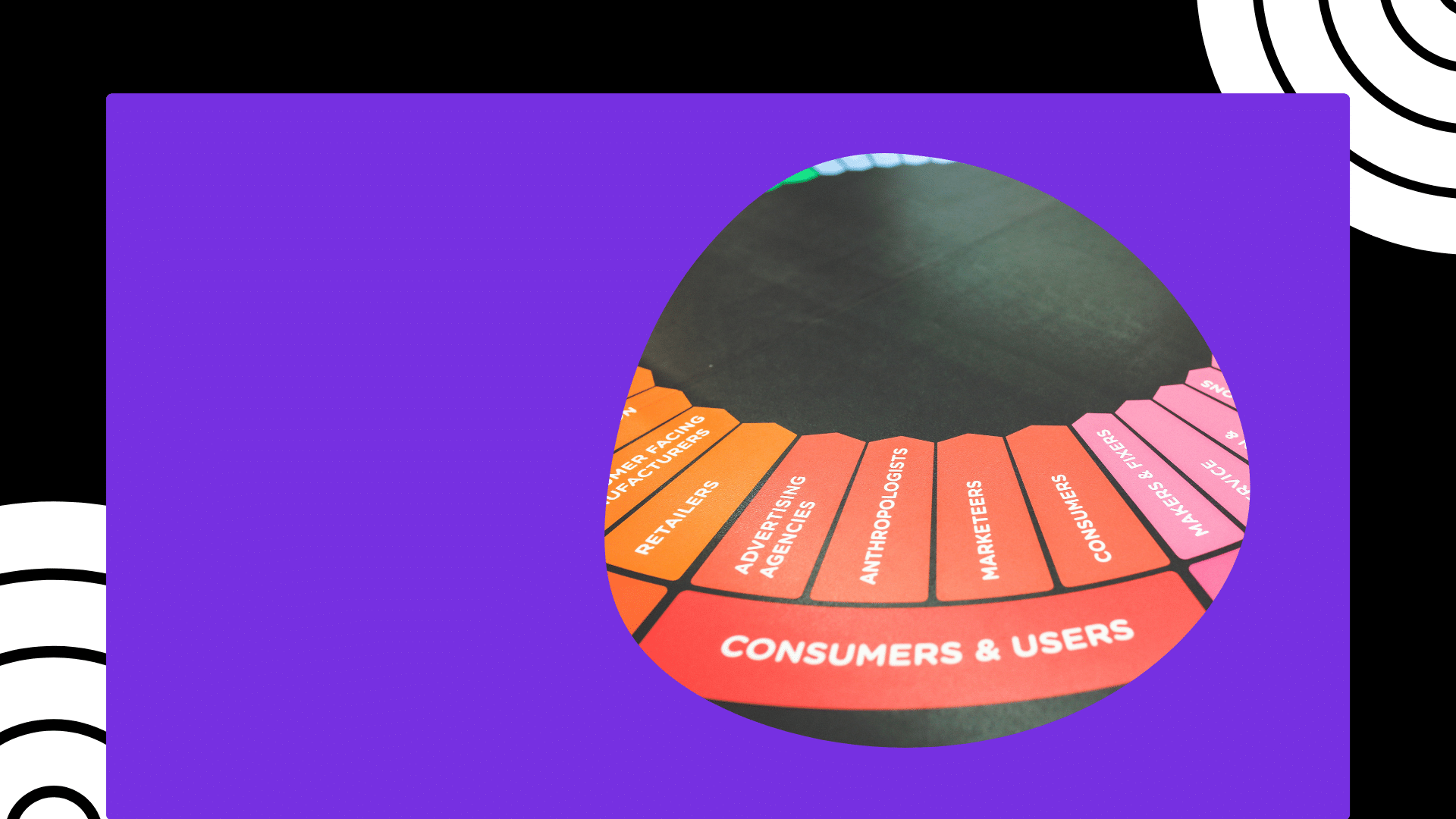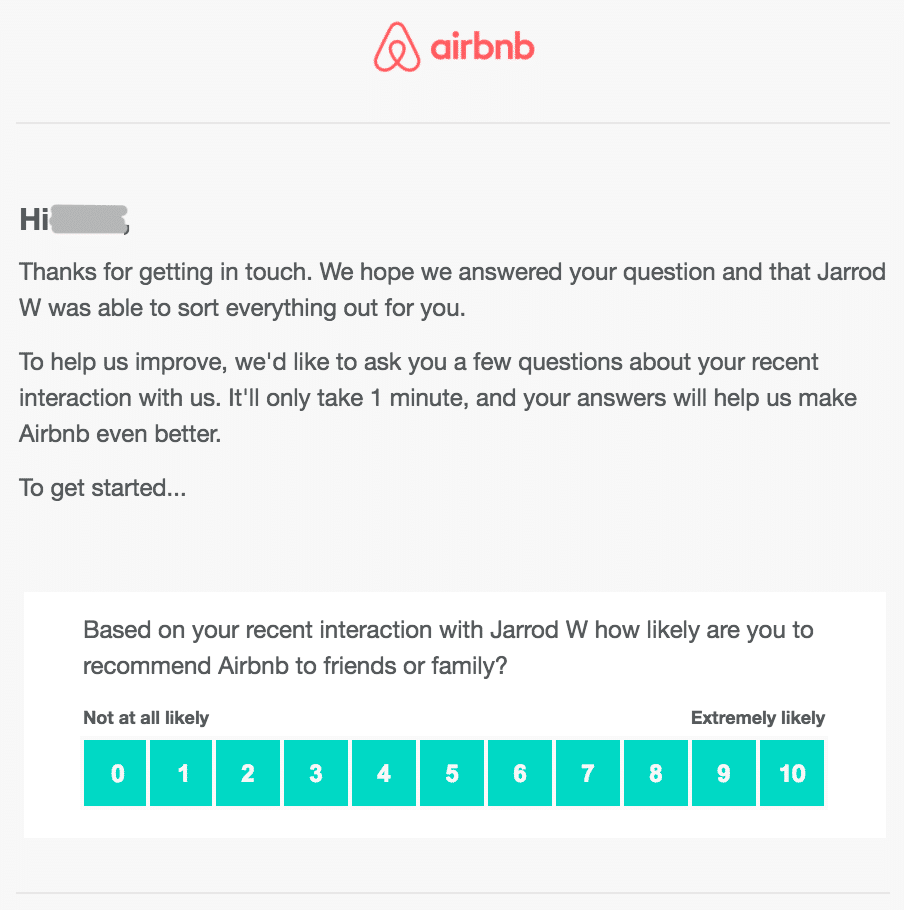
Data-Driven Design: How to Analyze User Interview Data for Better UX
April 17, 2023
Screening for real users for your feedback session
May 29, 2023
Data-Driven Design: How to Analyze User Interview Data for Better UX
April 17, 2023
Screening for real users for your feedback session
May 29, 2023Tips and Techniques for Collecting, Analyzing, and Acting on Customer Feedback to Improve Customer Satisfaction
The Ultimate Guide to Tracking Customer Feedback over Time
Customer feedback is crucial for any business that wants to provide excellent customer service and stay competitive in today's fast-paced market. It helps you understand your customers' needs, preferences, and pain points, which can help you make better-informed decisions and improve your products and services.
To effectively track customer feedback, you need to have a systematic approach that can help you collect, analyze, and interpret customer data. In this blog, we'll cover some historic approaches to customer feedback analysis, as well as some tips and techniques that you can use to stay on top of your customers' needs and preferences.
Customer Feedback Analysis Then...
In the past, businesses used to rely on manual surveys and questionnaires to collect customer feedback. While this method can be effective in some cases, it's time-consuming and can lead to biased results.
Today, businesses have access to a wide range of tools and technologies that can help them collect and analyze customer feedback more efficiently. One of the most popular techniques is sentiment analysis, which involves using natural language processing (NLP) algorithms to identify and classify opinions and emotions in customer feedback.

Customer Feedback Analysis Now...
Today, businesses have access to a wide range of tools and technologies that can help them collect and analyze customer feedback more efficiently. One of the most popular techniques is sentiment analysis, which involves using natural language processing (NLP) algorithms to identify and classify opinions and emotions in customer feedback.
Another popular approach is customer satisfaction (CSAT) metrics, which measure how satisfied customers are with your products or services. These metrics can help you identify areas for improvement and make data-driven decisions that can improve customer loyalty and retention.
Use multiple channels to collect feedback
Customers are more likely to provide feedback when it's easy and convenient for them. Use a variety of channels such as surveys, social media, email, and chatbots to collect feedback and ensure that you're reaching customers through their preferred channels.
Leverage AI and machine learning
AI and machine learning algorithms can help you analyze customer feedback in real-time and identify patterns and trends that can be used to improve your products and services.
Act on feedback promptly
Customers expect businesses to act on their feedback promptly. Use customer feedback to make data-driven decisions and implement changes that can improve the customer experience.

Segment your customers
Segmenting your customers based on their feedback can help you target specific groups and tailor your products and services to their needs and preferences.
Monitor your competitors
Keep an eye on your competitors and analyze their customer feedback to identify areas where you can improve and differentiate your products and services.
Tracking customer feedback is critical for any business that wants to provide excellent customer service and stay competitive. By using a systematic approach, leveraging AI and machine learning, and acting on feedback promptly, you can improve the customer experience and drive business growth. Follow the tips and techniques outlined in this blog, and you'll be on your way to success.
Lightster is on a mission to empower everyone to be a co-creator of products they love to use. Get access to thousands of communities within seconds so you can build together with users.
